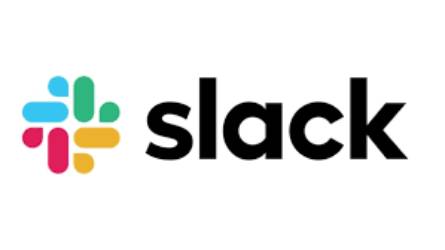Ever heard about Slack? I’m sure you have, But what exactly is it, and why is everyone buzzing about this app? Let’s dive into the world of Slack, from its humble beginnings to its role in today’s digital workspace.

How Slack Began
Picture this: It’s 2011, and Stewart Butterfield, the mind behind Flickr and the online game Glitch, is working on a quirky game that just isn’t hitting the mark. Glitch had some cool ideas, but it wasn’t quite taking off. Instead of throwing in the towel, Butterfield and his team decided to focus on a tool they’d created to communicate internally while working on the game. Little did they know, this internal tool would evolve into Slack.
Shutting Down Glitch
After shutting down Glitch, Butterfield and his crew pivoted to develop this tool into a full-fledged product. They took a gamble, and in 2013, Slack was born. Initially, it was a bit of a bumpy ride. The app struggled with its first big test at a 120-person startup. But after refining it for eight more months, Slack finally hit the market with a splash.
Why Slack? What Makes It a Game-Changer
So, what makes Slack so special? Let’s break it down:
-
Channels for Everything:
Imagine having a chat room for every project or team. That’s what Slack’s channels offer. You can create public channels for broad discussions or private ones for more sensitive topics. It’s like having a well-organized digital office space.
-
Direct Messages (DMs):
Need to send a quick note to a coworker? DMs are perfect for private conversations, without the clutter of email.
-
Seamless File Sharing:
Whether it’s documents, images, or videos, you can easily share files within Slack. Plus, with integrations like Google Drive and Dropbox, you can preview and edit documents without leaving the app.
-
Voice and Video Calls:
Sometimes, you need more than just text. Slack lets you jump into voice or video calls with a simple click. It’s like having a virtual meeting room always at your fingertips.
-
Integrations Galore:
It plays nice with a ton of other apps. Want to drop a GIF into your chat? There’s a Giphy integration for that. Need to sync up with Google Calendar? Slack’s got you covered. It’s all about making your workflow smoother.
Slack Milestones and Major Moves
It didn’t just sit on its laurels after launching. By 2015, it was valued at over $1 billion. Fast forward to 2019, and it went public with a bang, boasting a market value of $19.5 billion on its first trading day. Then, in a huge move, Salesforce acquired Slack in 2021 for nearly $28 billion, marking a significant shift towards a more digital-first world.
Slack Huddles
The company didn’t stop innovating there. In 2021, the company introduced “Huddles,” a feature for quick, informal calls, that mimic those spontaneous chats at the office. And in 2024, they launched Slack AI, designed to answer questions and summarize conversations. There was backlash over data privacy, but it assured users that customer data isn’t used to train the AI.
Today and Beyond
In 2023, Slack moved to Salesforce’s tower in San Francisco, reflecting its integration into a larger tech ecosystem. And with ongoing updates and features, Slack continues to evolve, making it a staple in modern workplaces.
So, whether you’re new to Slack or a seasoned user, there’s no denying that this app has transformed how we work and collaborate. It’s more than just a messaging tool—it’s a hub for teamwork and productivity in today’s fast-paced world.

